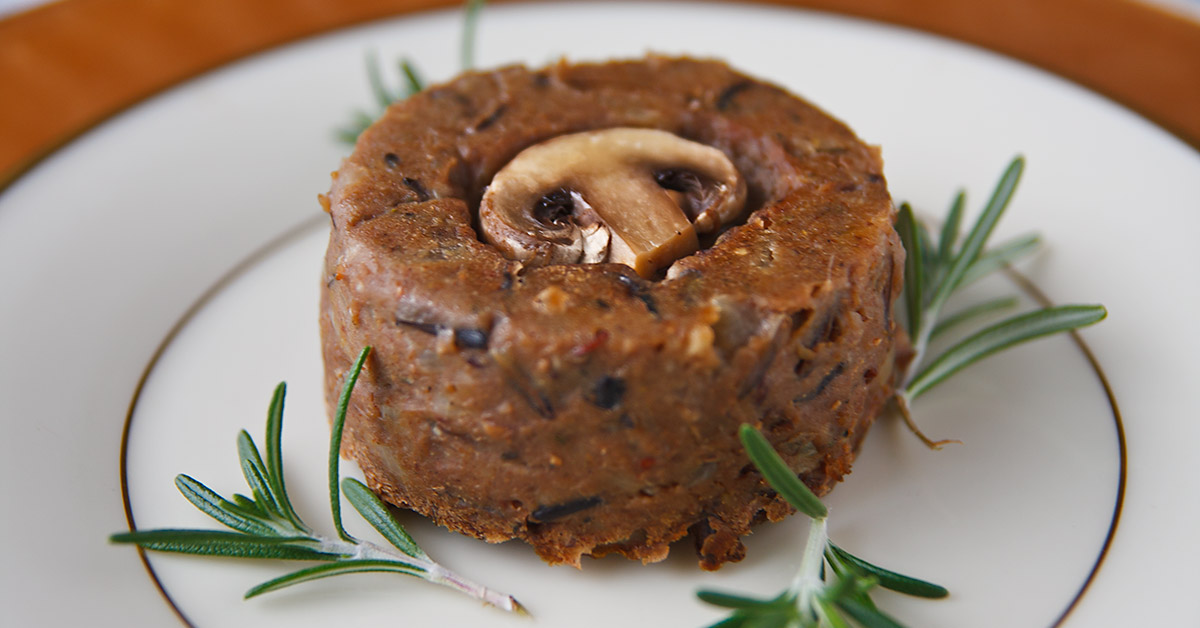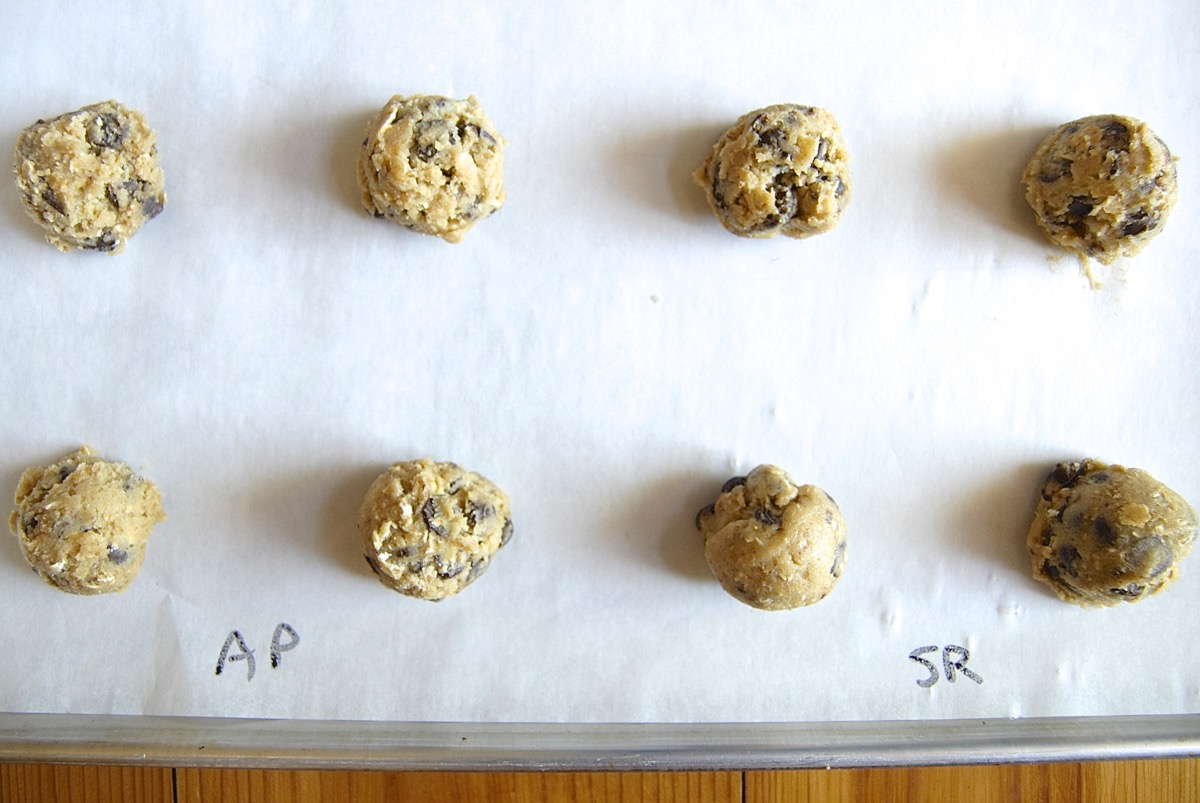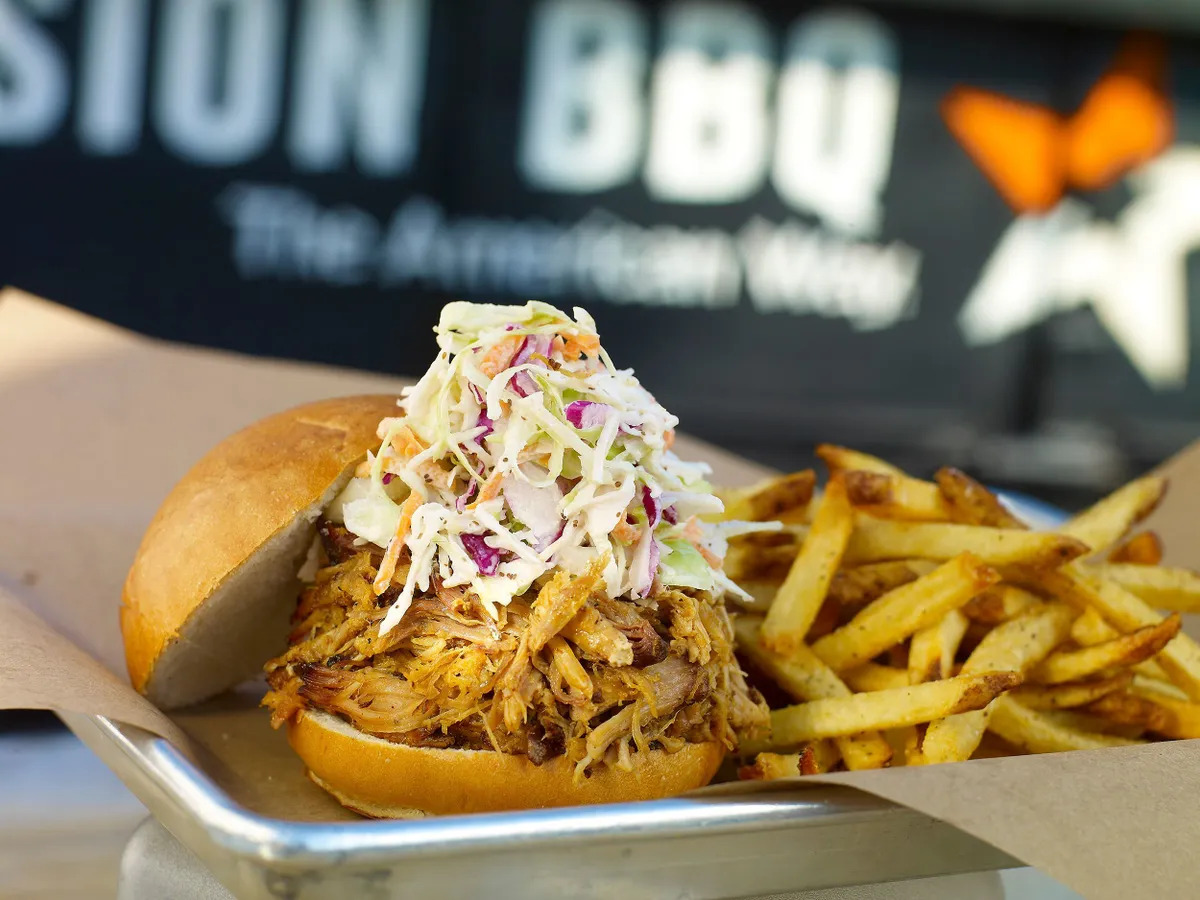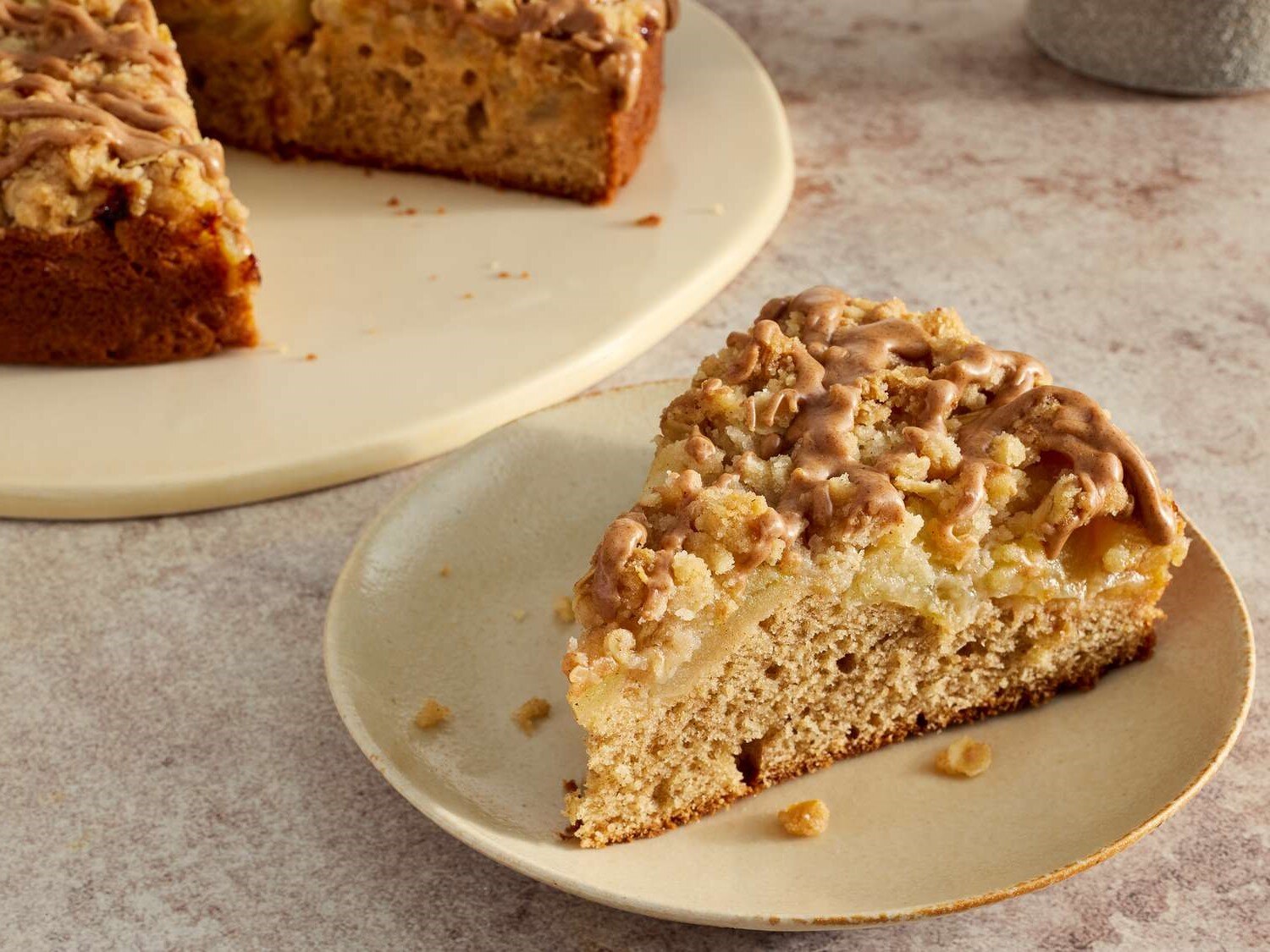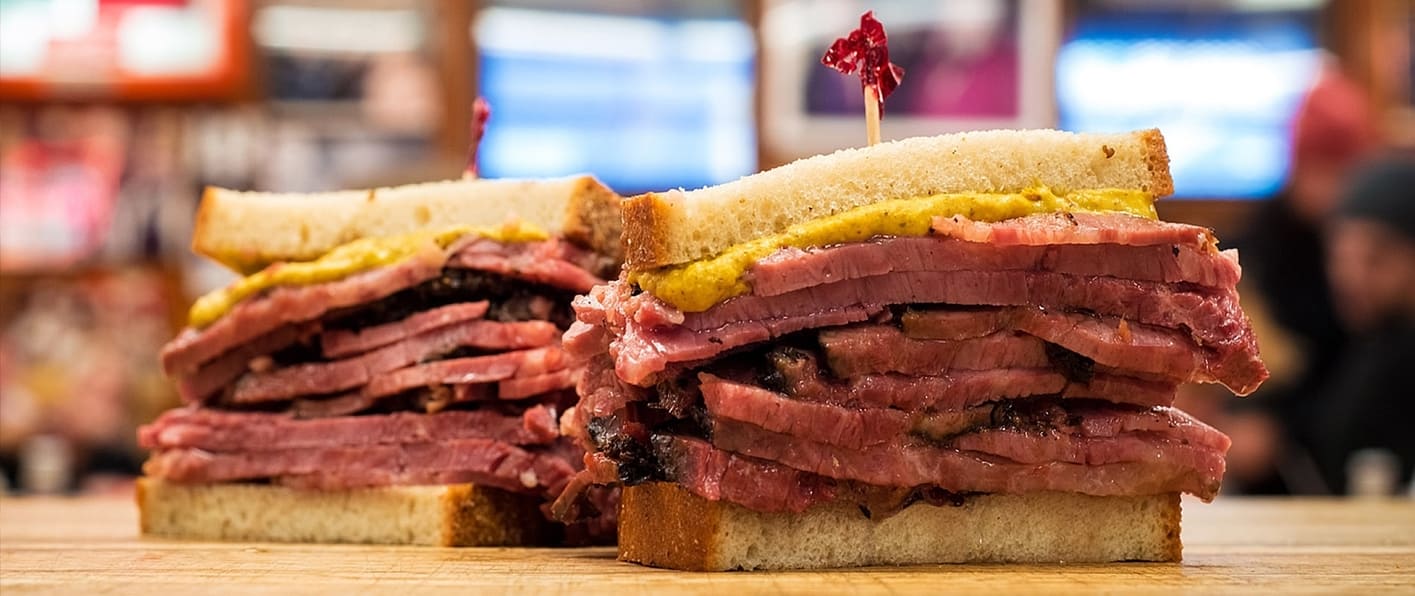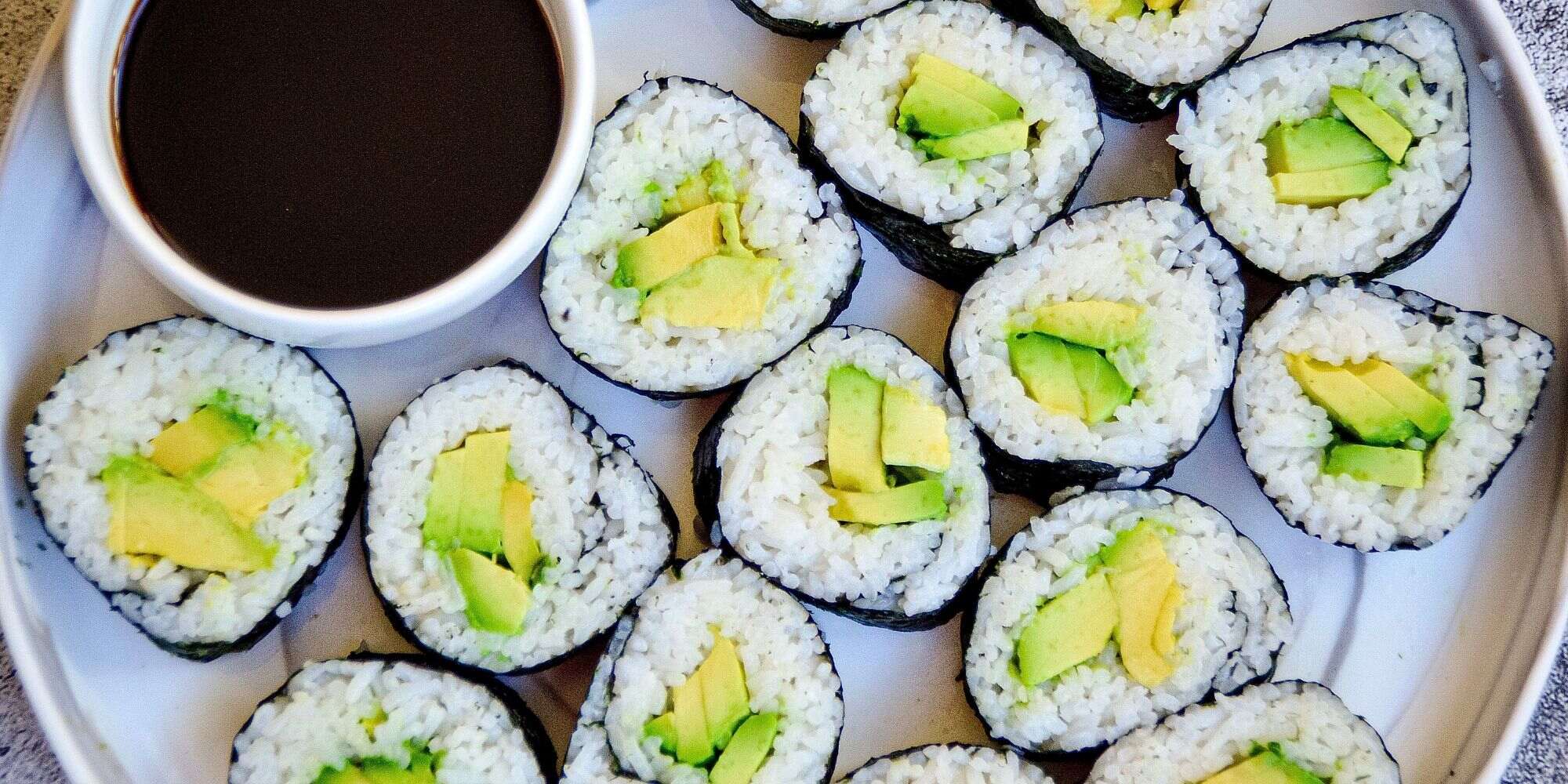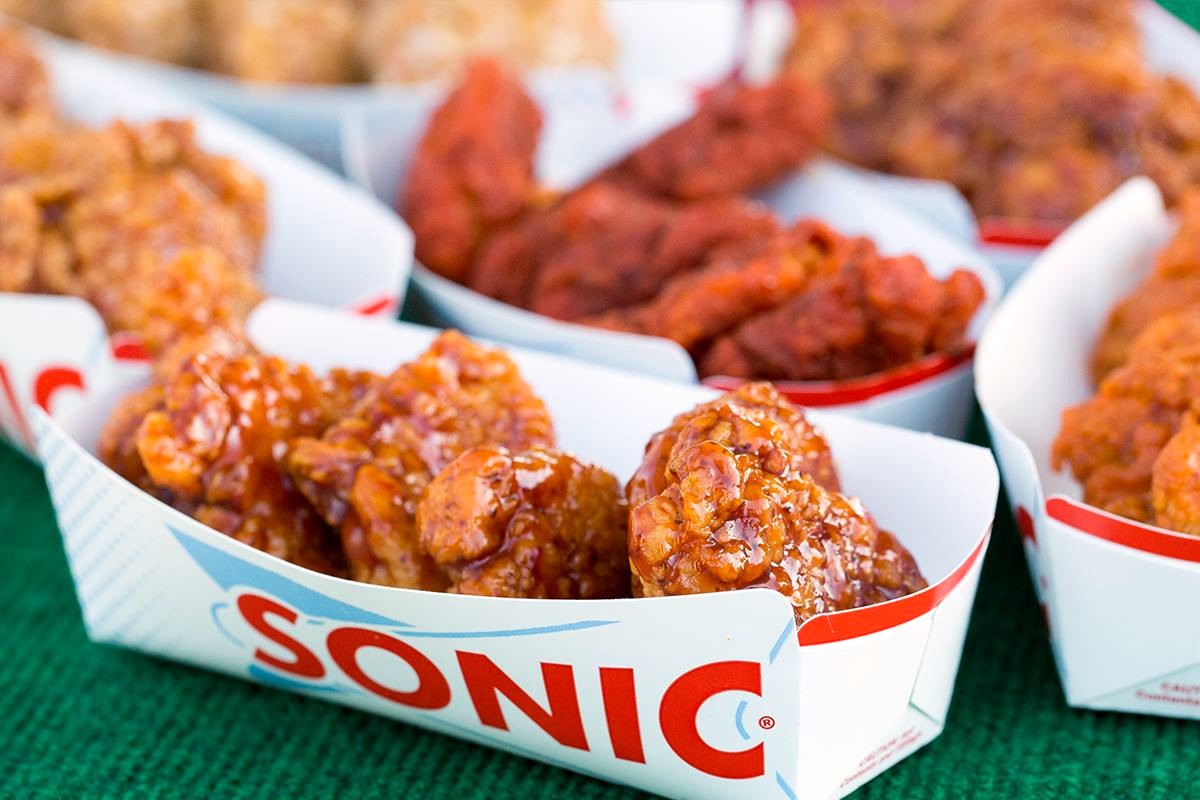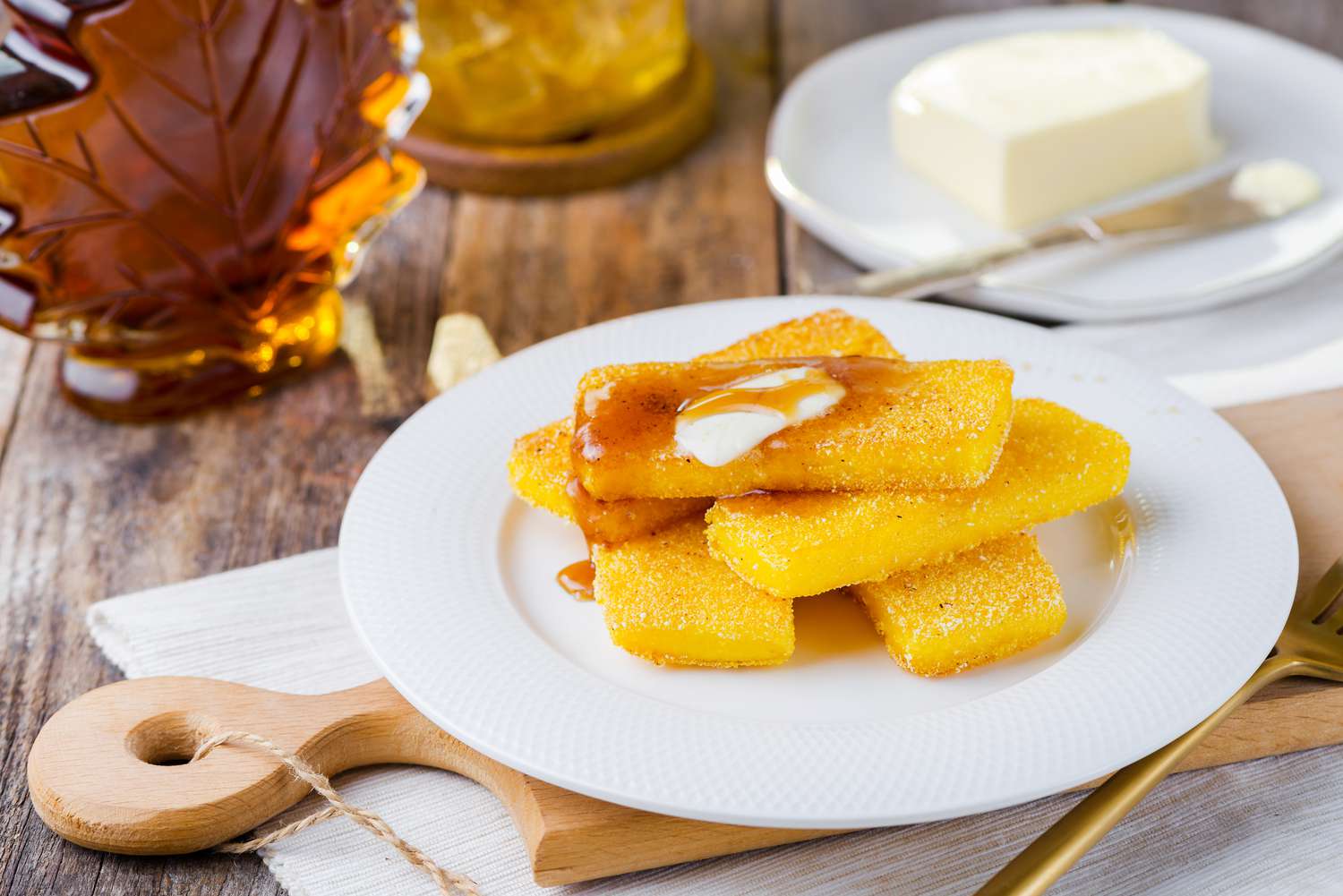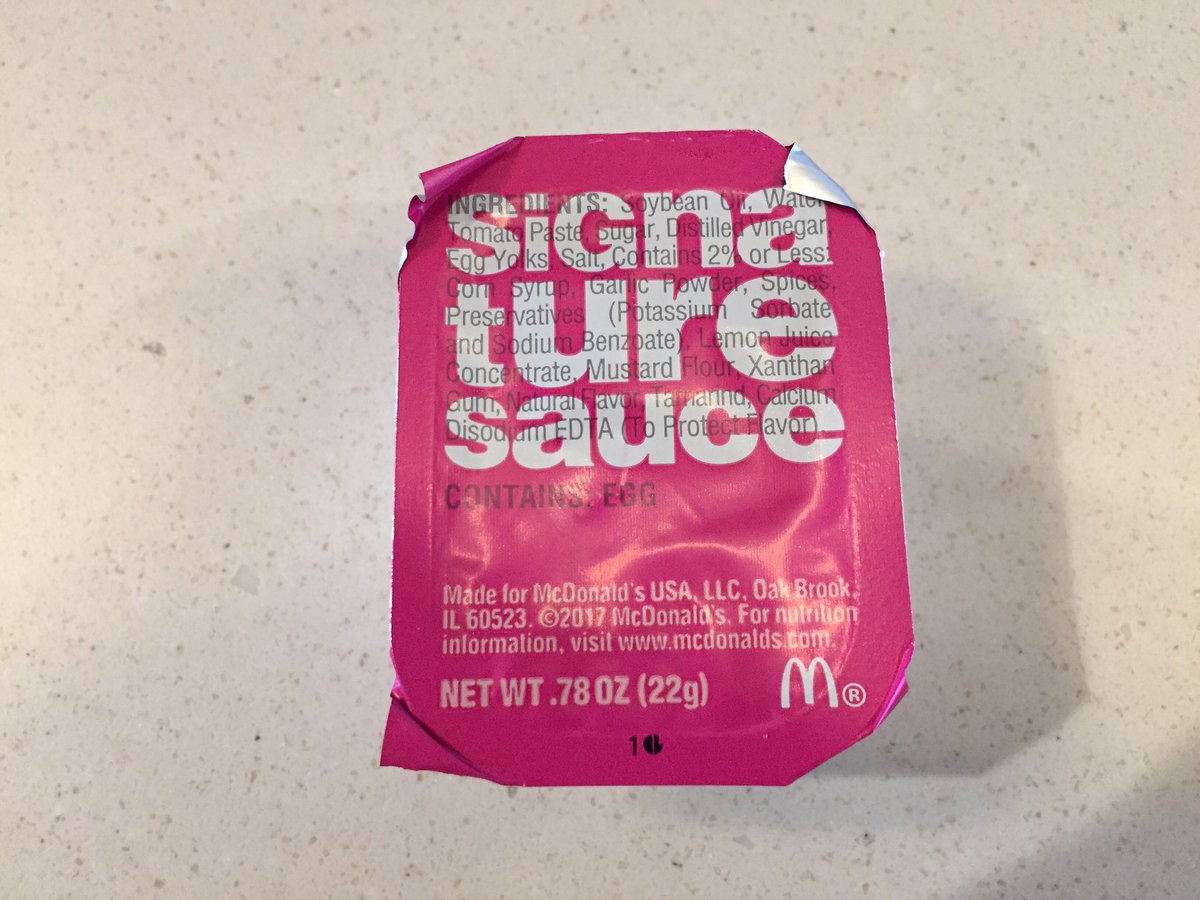Understanding the Difference Between Whataburger Malt and Shake
When it comes to indulging in a delicious treat at Whataburger, the choice between a malt and a shake can sometimes leave you scratching your head. While both options are undeniably tasty, there are some key differences that set them apart. Let’s take a closer look at what makes each of these delightful treats unique.
What is a Whataburger Malt?
A Whataburger malt is a classic beverage that combines rich, creamy ice cream with malted milk powder to create a thick and satisfying drink. The addition of malted milk powder gives the malt its distinctive flavor and texture, setting it apart from a traditional milkshake.
When you order a malt at Whataburger, you can expect a drink that is thick enough to be enjoyed with a spoon, offering a more substantial and indulgent experience compared to a regular milkshake. The malt is often served in a tall glass with a wide straw, allowing you to savor every creamy sip.
What is a Whataburger Shake?
On the other hand, a Whataburger shake is a classic, hand-spun milkshake made with creamy, soft-serve ice cream and your choice of flavorings. Whether you prefer classic chocolate, vanilla, or a fruity option like strawberry, Whataburger offers a variety of shake flavors to satisfy your sweet tooth.
Unlike a malt, a shake is typically thinner in consistency, making it easier to sip through a straw. The smooth and velvety texture of a Whataburger shake makes it a refreshing choice, especially on a hot day when you’re craving a cool and creamy treat.
Key Differences Between a Malt and a Shake
Now that we understand the basic components of each beverage, let’s highlight the key differences between a Whataburger malt and shake:
- Texture: The most noticeable difference between a malt and a shake is the texture. A malt is thick and spoonable, while a shake is smooth and drinkable.
- Flavor: The addition of malted milk powder gives a malt its unique flavor, setting it apart from a traditional milkshake. Shakes come in a variety of flavors, from classic to creative.
- Serving Style: Malt is typically served in a tall glass with a wide straw, while a shake is served in a classic milkshake cup with a regular straw.
Which One Should You Choose?
Ultimately, the choice between a Whataburger malt and shake comes down to personal preference. If you’re in the mood for a rich and indulgent treat that you can savor with a spoon, a malt might be the perfect choice for you. On the other hand, if you’re looking for a refreshing and easy-to-sip beverage, a shake could be just what you need.
Whichever option you choose, you can rest assured that both the malt and shake at Whataburger are crafted with high-quality ingredients and attention to detail, ensuring a delightful experience with every sip.
In Conclusion
While the difference between a Whataburger malt and shake may seem subtle, understanding the unique characteristics of each can help you make the perfect choice to satisfy your sweet cravings. Whether you’re a fan of the thick and creamy texture of a malt or the smooth and velvety goodness of a shake, Whataburger has something to offer for every dessert enthusiast.
Next time you find yourself at Whataburger, consider trying both the malt and shake to experience the best of both worlds and discover your personal favorite. After all, there’s no such thing as too much deliciousness!
Was this page helpful?
Read Next: What Is Chick-fil-A’s Most Popular Item
